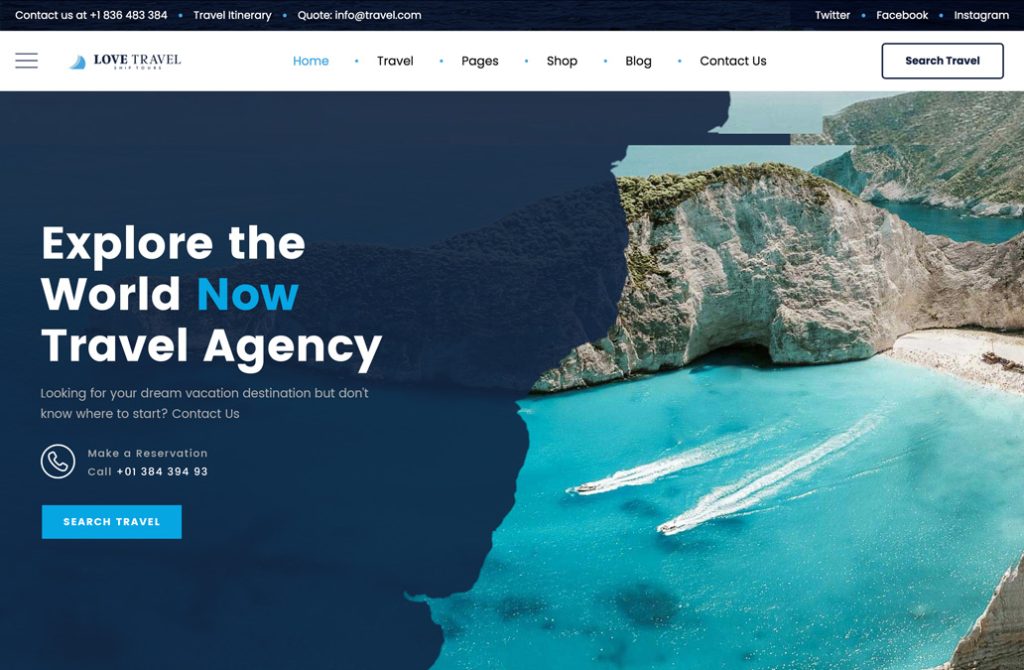Balancing Flavors and Nutrition: Health-Conscious Approaches to Guangzhou Cuisine
Lightening Up Dim Sum Favorites
Traditional dim sum often involves deep-frying or heavy sauces, but healthier adaptations are possible without sacrificing authenticity. Opt for steamed options like shrimp dumplings (har gow), which use translucent wheat starch wrappers to highlight fresh shrimp’s natural sweetness. For siu mai (pork dumplings), request versions with added mushrooms or bamboo shoots to boost fiber while reducing meat content. When ordering lo mai gai (sticky rice parcels), ask for half the usual rice portion and extra vegetables, such as diced carrots or peas, to balance carbohydrates with nutrients.
Mindful Soup Consumption
Cantonesse soups, like lao huo tang (old-fire soups), are revered for their nourishing properties but can be high in sodium from dried ingredients like scallops or ham. To adapt, choose broths made with fresh vegetables, such as winter melon or corn, and lean proteins like chicken or tofu. Simmering times can be shortened to 1–2 hours instead of the traditional 4–8, preserving more vitamins while still extracting flavors. For herbal soups, avoid excessive use of licorice root or angelica, which may interact with certain medications, and prioritize lighter herbs like goji berries or dates.
Smart Seafood Choices
Guangzhou’s coastal location offers abundant fresh seafood, but preparation methods matter. Steamed fish, a classic, remains one of the healthiest options—just ensure it’s cooked until the flesh flakes easily without overcooking, which can destroy omega-3 fatty acids. For stir-fries, request minimal oil and substitute oyster sauce with a mix of soy sauce and a pinch of sugar. When enjoying char siu (barbecued pork), pair it with a side of steamed greens like gai lan (Chinese broccoli) to offset the meat’s richness and add antioxidants.
Healthier Cooking Techniques Inspired by Local Traditions
Steaming as a Dominant Method
Steaming preserves nutrients better than frying or boiling, making it ideal for dishes like cheong fun (rice rolls). Instead of filling them with fried dough or pork, opt for shrimp or vegetable fillings and serve with a light soy-ginger sauce. For fung zao (steamed sponge cake), use brown sugar or natural sweeteners like dates instead of white sugar, and add grated carrots or pumpkin for extra fiber. This method maintains moisture while reducing the need for added fats.
Braising with Less Oil
Braised dishes like Lü Tian braised pork can be lightened by trimming visible fat and using a non-stick pot to minimize oil usage. Add aromatic vegetables like garlic and shallots early in the cooking process to enhance flavor without relying on sodium-heavy seasonings. For tau yu bak (soy-braised pork belly), substitute half the pork with tofu or seitan to reduce saturated fat intake while keeping the dish’s umami depth.
Quick Stir-Frying for Freshness
Stir-frying is a staple in Guangzhou kitchens, but health outcomes depend on ingredients and timing. Use high-heat cooking for short durations to retain vegetables’ crisp texture and nutrients. Choose oils with high smoke points, such as peanut or sunflower, and measure portions carefully—a tablespoon is often sufficient for a family-sized dish. Incorporate colorful veggies like bell peppers, snow peas, and spinach to maximize antioxidant intake, and finish with a sprinkle of sesame seeds for crunch instead of deep-frying toppings.
Seasonal Eating for Wellness in Guangzhou’s Climate
Cooling Foods in Summer
Guangzhou’s humid summers call for ingredients that combat heat and dampness. Dishes like liang ban cucumber (cold cucumber salad) use vinegar and garlic to stimulate digestion, while winter melon soup with pork bones helps hydrate and reduce internal heat. Herbal teas made with chrysanthemum or mint are popular for their cooling properties, often served alongside light meals like congee topped with pickled vegetables.
Warming Foods in Winter
During cooler months, focus on slow-cooked stews and soups to nourish the body. Black chicken soup with goji berries and astragalus root supports immunity, while ginger and brown sugar tea aids circulation. Root vegetables like taro and sweet potatoes are commonly steamed or boiled and served as side dishes, providing complex carbohydrates for sustained energy.
Spring and Autumn Adjustments
Spring’s transitional weather benefits from light, detoxifying foods like tong sui (sweet soups) made with red beans or lotus seeds to eliminate residual dampness. Autumn, with its dry air, calls for moisturizing ingredients such as snow fungus and pears in soups or desserts. Locals often adjust meal portions seasonally—lighter, fresher dishes in warm months and heartier, warming meals as temperatures drop.
















